Aviation grease is a specialized lubricant designed for aircraft components that require long-lasting lubrication under extreme conditions. It helps reduce wear, prevent corrosion, and ensure smooth mechanical operation in high-stress environments such as landing gear, bearings, and control systems.
Ensures long-term lubrication under extreme temperatures and pressures
The best aviation grease depends on the application, but common types include:
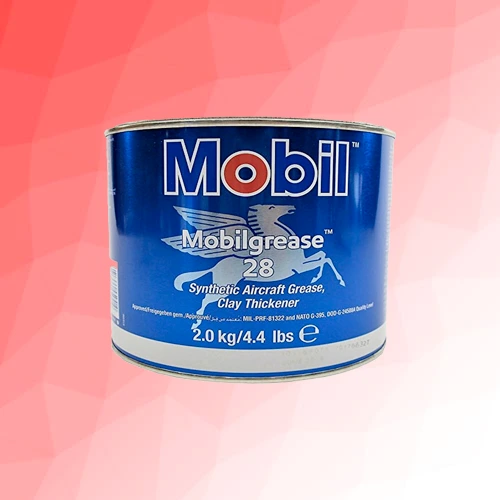
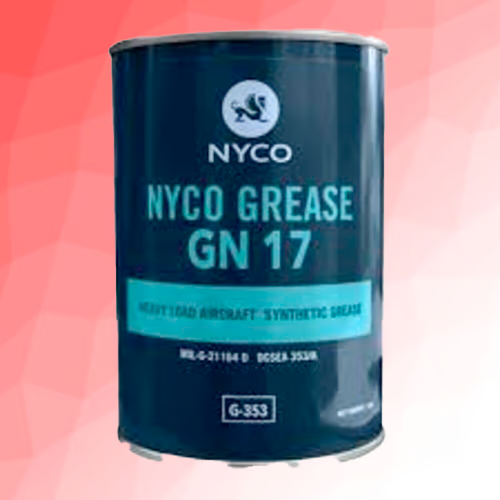
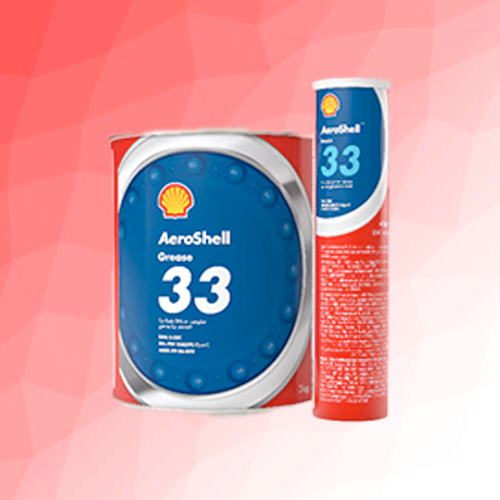
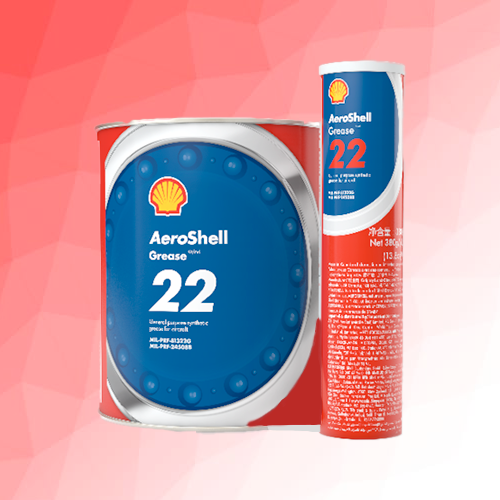
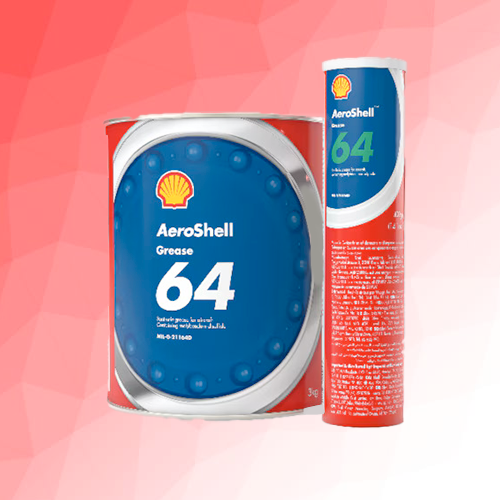
Aviation greases play a critical role in ensuring the smooth operation and longevity of aircraft components. Designed to withstand extreme temperatures, high pressures, and demanding flight conditions, these specialized lubricants protect against wear, corrosion, and moisture, reducing maintenance needs and enhancing operational safety.
Aviation greases play a critical role in ensuring the smooth operation and longevity of aircraft components. Designed to withstand extreme temperatures, high pressures, and demanding flight conditions, these specialized lubricants protect against wear, corrosion, and moisture, reducing maintenance needs and enhancing operational safety.
Grade 1 grease has a softer consistency than Grade 2, making it better suited for low-temperature applications and easy flow in tight spaces.
Grease is classified by NLGI (National Lubricating Grease Institute) grades, ranging from 000 (semi-fluid) to 6 (block-like solid).
Grease 7 (MIL-PRF-23827) is a synthetic-based grease designed for aircraft components that operate under high loads and wide temperature ranges. It offers superior oxidation resistance, water resistance, and anti-wear properties.
Grease is categorized into seven NLGI grades:
Grease serves multiple roles in aircraft maintenance:
Aviation greases are manufactured to meet stringent industry standards, ensuring aircraft safety and efficiency. These lubricants comply with aviation regulatory requirements and are formulated to perform under extreme operational conditions.
At Favia International, we supply high-quality aviation greases for commercial airlines, military aircraft, MROs, and aerospace applications. Our products are carefully selected to meet the needs of aircraft operators worldwide.